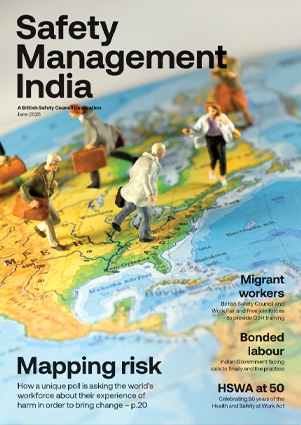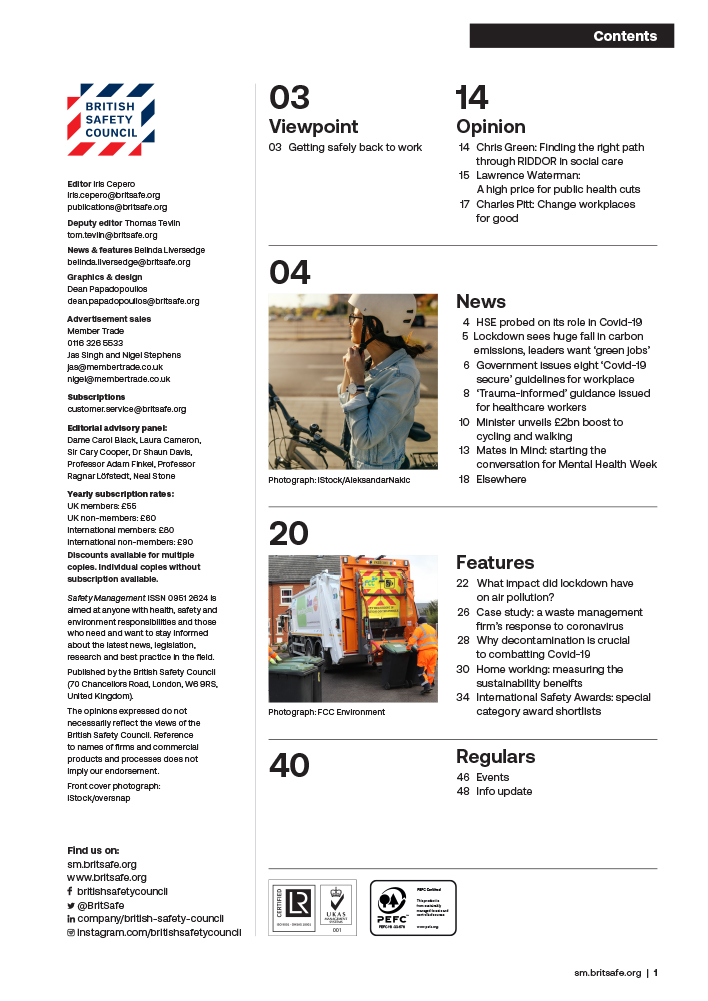In a bid to identify barriers preventing Indian women joining the workforce, the central government and the national Employees’ Provident Fund Organisation (EFPO) have launched a survey of around 300 million female workers to assess how well Indian businesses in the organised sector are creating working environments conducive to attracting and retaining female employees.
News
Government survey aims to identify barriers to female employment in India
The survey, a joint initiative from the Ministry of Women and Child Development (MoWCD), the Ministry of Labour and Employment (MED) and EFPO, features a detailed questionnaire asking the EFPO’s female members to confidentially evaluate and rate their employers’ commitment and support for increasing female participation in the workforce. The aim is gauge the progress and efforts of Indian employers in creating an inclusive work environment where women can thrive, and to help inform government policymaking on how to increase women’s participation in formal employment.
Measures and facilities
The survey ask EPFO’s members, or subscribers, about the measures and facilities provided by employers to support female employees to enter and remain in work in workplaces in the organised sector. Among other things, there are questions about the availability of facilities like provisions of an internal complaints committee for Prevention of Sexual Harassment (POSH) at the workplace, transportation facilities for female staff during late evening and night shifts, and creche facilities for the children of female workers. There are also questions on whether there is ‘equal pay for equal work’ for male and women workers and whether women are offered flexible or remote working hours.
The EPFO, which is the government organisation that manages mandatory provident funds (for lump sum retirement payments) and pensions for workers in the organised sector, has shared the Employer Rating Survey with all of its female subscribers. EPFO has around 30 crore members across 21.23 lakh establishments in India, according to its annual report for 2022-23. Those interested in taking part must complete the survey on the official website for all government schemes, myscheme.gov.in
The survey was announced at a function, ‘Women in the Workforce for Viksit Bharat (Developed India)’, held at the Bharat Mandapam in Delhi on 30 January. The event was chaired by Union Ministers Smriti Irani and Bhupender Yadav.
The event was aimed at charting out a path for women-led development by adopting a comprehensive, whole-of-government approach. This collaborative effort sought to envision and promote a coordinated strategy that integrates the strengths and initiatives of both Ministries, fostering an environment conducive to women's empowerment and development ensuring the progression towards a Viksit Bharat (Developed India).
Low level of female participation in employment
The survey comes amid concerns about the low level of female participation in the labour force in India.
Although the Women’s Labour Force Participation Rate (LFPR) has improved in recent years, a large part of the increase was in unpaid work. According to the Periodic Labor Force Survey (PLFS), although the female participation rate rose from 17.5 per cent in 2017-18 to 27.8 per cent in 2022-23, the majority of the increase was due to women categorised as “helpers in household enterprises”, who do not receive a regular salary for their work. In contrast, the LFPR for males increased from 75.8 per cent in 2017-18 to 78.5 per cent in 2022-23.
Speaking at the launch of the survey, Union Minister for Women and Child Development Smriti Irani welcomed a recent separate initiative requiring certain female construction workers to be paid electronically into their bank accounts to help prevent them being exploited and underpaid. “Today more than 24 crore women across the country have bank accounts,” she stated.
She also stated that the employer survey will provide a “robust understanding of working conditions based on feedback from women”.
Laws introduced to improve livings standards for female workers
In his keynote address, Union Minister for Employment and Labour Bhupendra Yadav emphasised the need for both government and employers to provide equal and dignified opportunities for women in the economy.
He highlighted the various laws enacted by the Employment and Labour Ministry to enhance the living standard of workers, in particular women in the brick making, beedi making and sugarcane industries, and those engaged in building and other construction work.
He noted that the participation of women in the workforce had increased to 37 per cent in 2022. He added that the graph for women participation is now on an upward trend and he stated that everyone in India had a responsibility to ensure that all women could participate in the workforce. He emphasised that the enrolment rate of women in higher education programmes is currently 32 per cent, and that women’s participation in employment is higher in sectors such as agriculture and fishing.
Increased paid maternity leave
Arti Ahuja, Secretary at the Ministry of Labour and Employment, said the ‘Women in the Workforce for Viksit Bharat’ event aimed to encourage all businesses to make their workplaces gender-inclusive and free from gender bias.
She added that the central several government had implemented a variety of initiatives in the past decade to boost female participation in the workforce. “For instance, the Maternity Benefit Act, which as amended in 2017, provides for increased paid maternity leave from 12 weeks to 26 weeks, pre-natal leave from six weeks to eight weeks, nursing breaks and compulsory crèche facilities,” she said. She added that the government’s ESI scheme, which provides social security benefits and payments to certain workers, paid out around Rs 418 crore in maternity benefits in 2023.
Government Secretary in the Ministry of Women and Child Development Indevar Pandey highlighted that the Ministry had a mandate to ensure and develop an ecosystem that encourages greater participation of women in the workforce.
He explained how the ministry’s Mission Shakti scheme focuses on supporting women on a life-long basis and aims to facilitate and create an enabling environment for women to participate in the world of work. He also highlighted the Palna scheme, which aims to address gaps in the care economy and increase the availability of Anganwadis (basic children’s and family care centres for low paid families) and crèches in every area so that women can freely participate in the workforce.


NEWS

Karnataka passes law granting employment and social security rights to app-based gig workers
By Orchie Bandyopadhyay on 11 June 2025
App-based gig workers in Karnataka state will shortly gain new employment rights and access to certain social security benefits after the state governor formally gave assent to an ordinance, or law, aimed at ensuring the welfare of platform-based workers.

